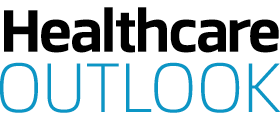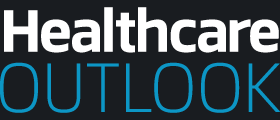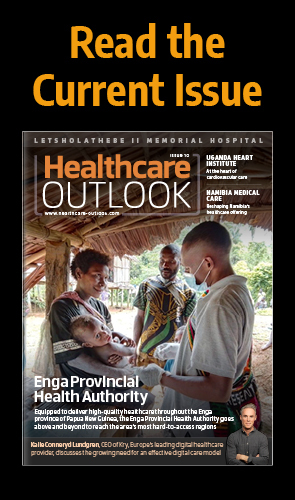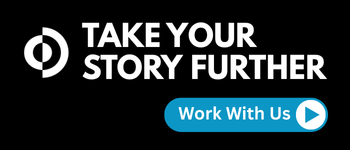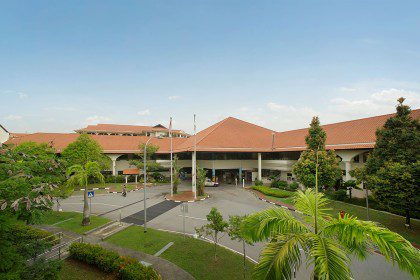With 2020 defined by the COVID-19 pandemic, what can the offshore and marine industries do to safeguard themselves against disease outbreaks? Martin Petricic, Gareth Burton, and Rear Admiral Joyce Johnson, tell us more.
CONSIDERATIONS FOR OUTBREAKS IN THE OFFSHORE AND MARINE INDUSTRIES
The impact of the global COVID-19 pandemic has highlighted how marine and offshore assets can be affected by infectious diseases, and their risks to the maritime environment, just as readily as land-based facilities.
Where infectious disease risks occur, it is critical that robust arrangements, procedures and protocols be designed and implemented to help mitigate the impact to the health and wellbeing of seafarers and passengers, and the industry overall, whilst maintaining day-to-day operations of marine and offshore assets.
ABS collaborated with Rear Admiral Joyce Johnson, a physician and infectious disease epidemiologist, to develop guidance that addresses both physical arrangements such as ventilation and interior surfaces of accommodation spaces, as well as operating procedures to allow isolation and segregation of crew and visiting personnel to prevent outbreaks.
INFECTIOUS DISEASE TRANSMISSION
Many infectious diseases are caused by microbes including viruses, bacteria, fungi, and protozoa. Some infectious agents can remain viable in air, water, food, on surfaces, and in nearly all bodily fluids. Many infectious agents remain viable long enough to enable transfer from one person to another, either directly or indirectly via one of these fomites, which can cause or increase an outbreak.
Given that the environment on marine and offshore assets is a restricted one, infectious diseases have the potential to spread rapidly and to affect significant proportions of the personnel on board.
On marine and offshore assets, infectious diseases are transmitted through six main routes: food, water, vectors (such as rodents and insects), air, direct contact between humans and indirect contact with contaminated surfaces.
By considering the potential of infectious disease transmission at the design stage of an asset, the effectiveness of later operational measures can be significantly increased. In a recent poll conducted by ABS, approximately one third of participants said they are considering changing future marine or offshore asset design or altering current assets to better prevent or manage an outbreak on board.
For many existing assets however, without the option of re-design, the key is to develop protocols and procedures aimed at mitigating infectious disease risks to prevent or minimize impact should outbreaks occur.
PHYSICAL ARRANGEMENT MEASURES
Based on several independent governmental and commercial sources including the United States Centers for Disease Control and Prevention (CDC), American Society for Healthcare Engineering (ASHE), the International Organization for Standardization (ISO), and the World Health Organization (WHO), ABS has identified the following ways to mitigate against the occurrence and transmission of infectious diseases via air or direct and indirect forms of contact onboard a physical asset:
Single occupancy isolation cabins with an anteroom provide a means for isolating individuals with suspected cases of an infectious disease from the rest of the population on board. Isolation cabins and their associated anterooms should be under negative pressure to prevent contaminated air from escaping to near-by accommodation. They should be ventilated and air-conditioned without putting the exhaust air back into recirculation, or venting it near high-traffic public spaces or other air intakes. Special considerations should be given to materials and interior surfaces to facilitate cleaning and disinfection.
Medical facilities, as with isolation cabins, should also be under negative pressure and be located as close as possible to the entrance into the accommodation block from an open deck space. Ventilation, material, and surface requirements similar to the isolation cabins should be considered.
Separated facilities for use by visitors should be considered in order to promote the segregation of visitors and crew. Designated sanitary and office spaces should be provided with independent air exhausts and interior material and surface requirements like the ones for isolation cabins. These spaces should be readily accessible from an outside entrance to avoid inadvertent contact between visitors and crew.
Storerooms for infectious solid waste, storerooms for cleaning agents and disinfectants, and laundry rooms should be given careful consideration, be well ventilated with the exhaust air fed directly to the outside. All interior surfaces should be accessible for cleaning and disinfection.
Support infrastructure to provide medical back-up and advice to physicians and other health care personnel should be considered. For example, telemedicine can contribute to clinical care, as well as to the epidemiological management of infectious diseases, both of which can be very challenging, especially for medical providers practicing in remote or isolated locations.
Independent pilot ladders stored in a separate compartment or locker will minimise the possibility of pilot and crew coming into contact with the same surfaces.
OPERATIONAL MEASURES FOR OUTBREAKS
ABS recognises that each infectious disease outbreak is unique and may present different operational challenges on board marine and offshore assets. The early detection, prevention, and control of infectious diseases may be achieved using many different operational measures. Essentially there are two types of operational plans that can be integrated by asset operators and owners as part of their health, safety, quality and environmental (HSQE) management system.
Prevention management plan – this includes active measures to minimise the risk of exposure and should be implemented in case of an infectious disease epidemic in the area where the asset is located, or will be in the near future, or in the case of a global pandemic, before the asset experiences cases. This is in addition to the general steps taken to prevent infectious diseases on a daily basis (such as food service safety and other generally accepted operational processes).
Outbreak management plan – contains a range of measures so that when exposure is suspected, the outbreak can be managed using : management, including isolation, of suspected cases to prevent spread, active surveillance of cases onboard, incident reporting procedures for informing the local port health authority and asset management, identification of risk factors, and more.
When looking at the potential for infectious disease outbreaks in marine and offshore assets, effective preparation, prevention and management protocols are critical to help mitigate the impact any outbreak could have.
The combination of physical arrangement measures for each individual asset with robust and clearly communicated prevention and outbreak management plans are critical to enable preparedness should any outbreaks occur.
